The mysterious mind of a cat can seem impossible to understand at times. They might hide from visitors yet sprawl belly-up on your kitchen floor. They could cuddle one moment and run the next. Yet beneath these seemingly contradictory behaviors lies a simple truth: cats desperately crave safety and security in their daily lives.
Creating a secure environment for your feline friend isn’t about expensive gadgets or elaborate setups. It’s about establishing consistent, calming routines that speak their language of comfort. When cats feel truly safe, they transform from anxious creatures into confident companions who display their most endearing behaviors. So let’s dive into the everyday habits that will make your cat feel like the king or queen of their castle.
Maintaining Consistent Feeding Times
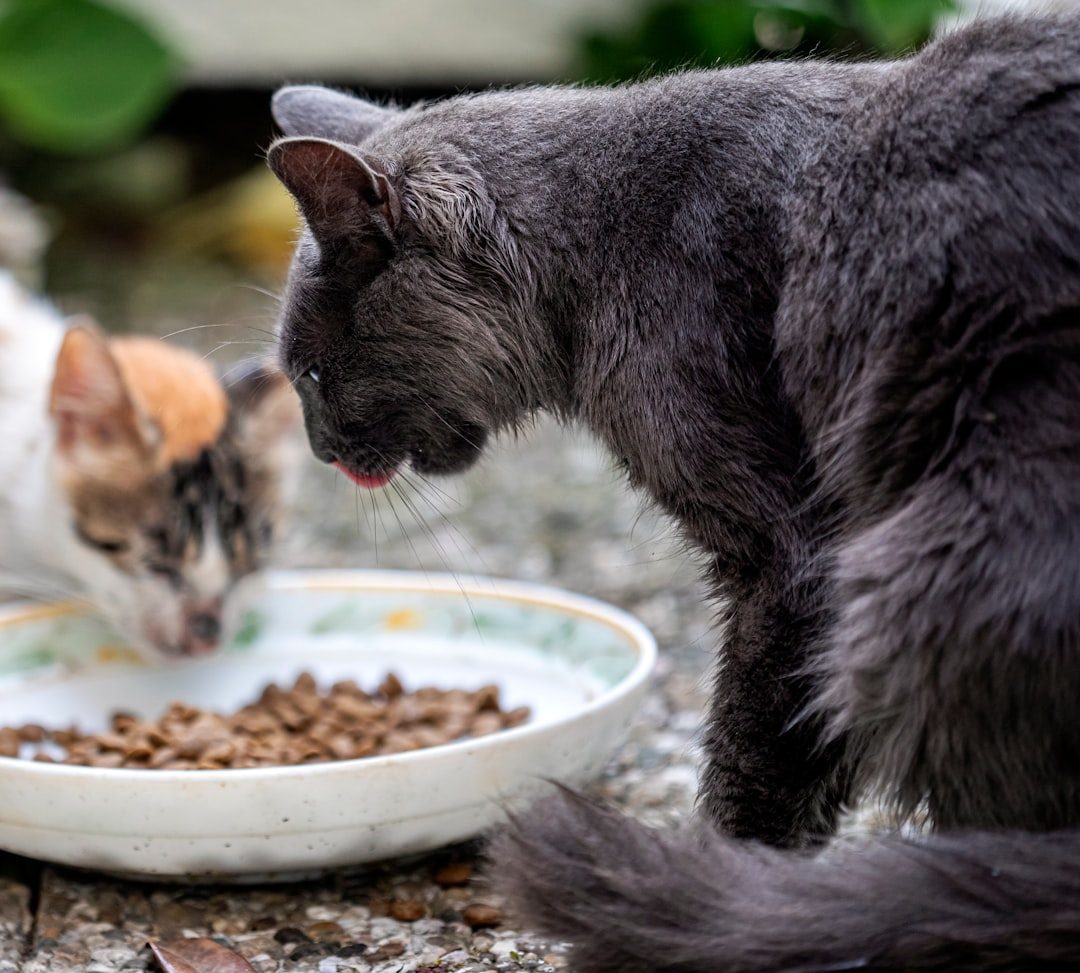
Feeding an adult cat at regular times provides the security and predictability of a routine. Meals become a cornerstone event of the day around which other activities are added. A feeding routine helps your cat cope when there are changes in the household (e.g., a child moves away to college, a new baby arrives, or a house-sitter visits while you are on vacation). Think of mealtimes as your cat’s daily anchors in an unpredictable world.
Predictable feeding times can lower stress and anxiety levels in cats, making them feel more secure and content. Moreover, a consistent feeding schedule reduces anxiety in cats. They thrive on routine, and knowing when to expect their next meal can lower stress levels, contributing to a happier and more contented pet. When you establish morning and evening feeding times, you’re essentially telling your cat that their world is stable and they can count on you.
Creating Quiet Safe Spaces
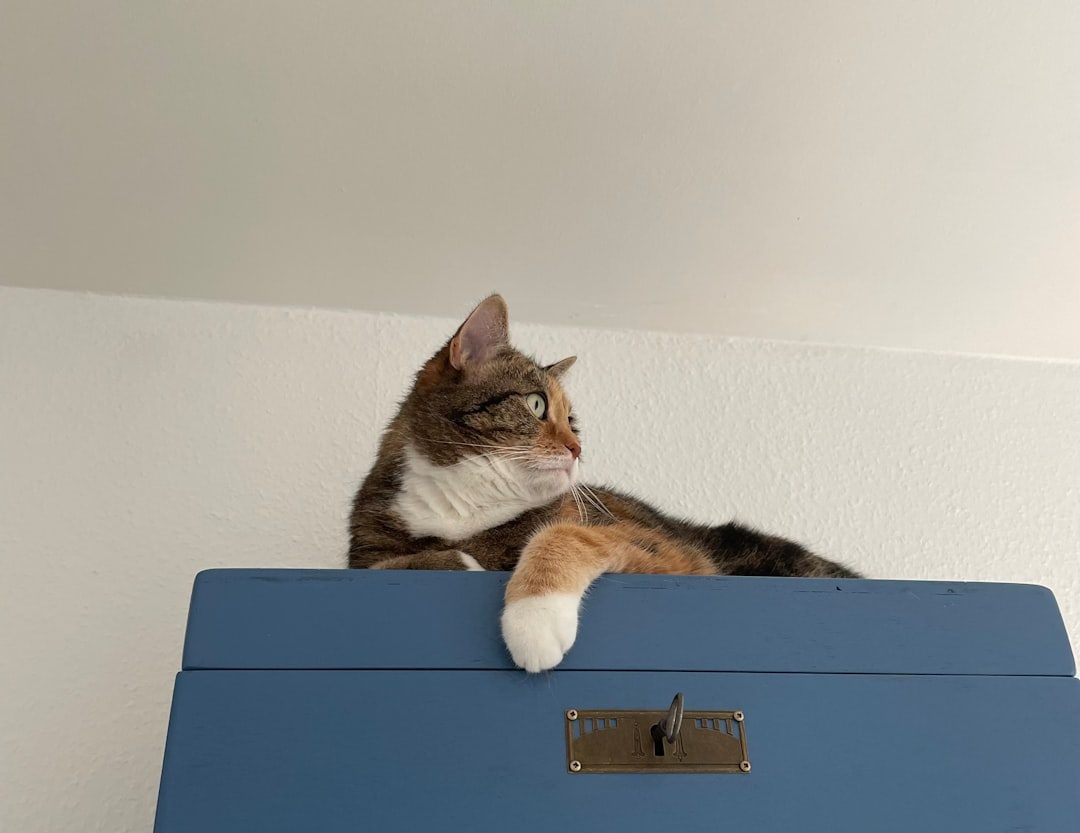
Every cat needs their own personal sanctuary where they can retreat when life becomes overwhelming. Every cat needs a safe and secure place where she can retreat to and feel protected or that can be used as a resting area. Your cat should be able to enter and exit from this space from at least two sides if she feels threatened. Most cats prefer the safe space to be big enough to only fit themselves, have sides around it, and be raised off the ground.
This doesn’t need to be an expensive cat cave. A simple cardboard box placed under a table or a cozy spot behind furniture works perfectly. Ensuring your cat has a space which they can call their own can really help them to feel secure. This may be a room, or even a safe, quiet corner where they can relax fully. The key is consistency – once you’ve established this safe zone, avoid moving or changing it frequently.
Providing Multiple High Perches
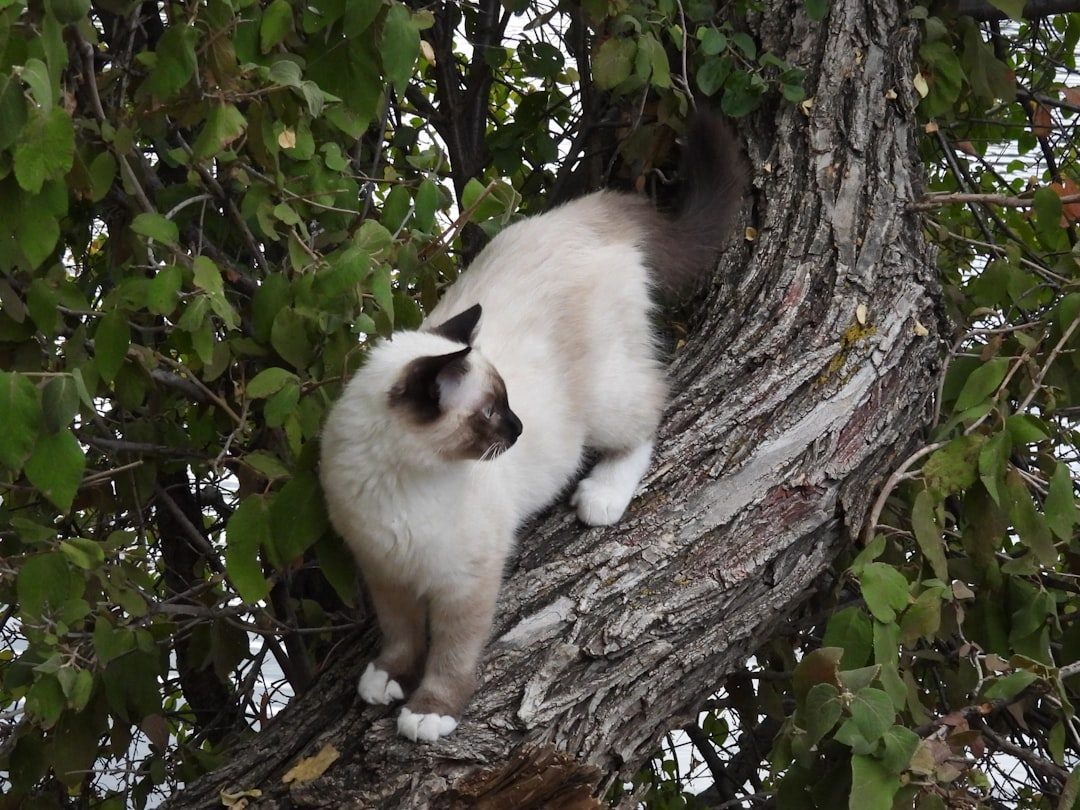
Cats naturally seek elevation when they want to feel secure and in control of their environment. For a cat, height means safety, as they can get away from predators and observe the world from a good viewpoint. Having some perches, cat trees or shelves that are accessible to your cat and up high will encourage feelings of security. This instinct comes from their wild ancestors who used trees as both hunting grounds and escape routes.
Cats need places – like a cat bed with a roof, cardboard boxes, or cat condos – to hide so as not to feel vulnerable, and climbing spots are also important due to a cat’s natural inclination to be up high. Having access to high places helps a cat feel secure in that they have a better view of their environment. Installing a few cat shelves or placing a tall cat tree near a window gives your cat the ultimate vantage point to survey their domain with confidence.
Respecting Their Scent Marking Areas
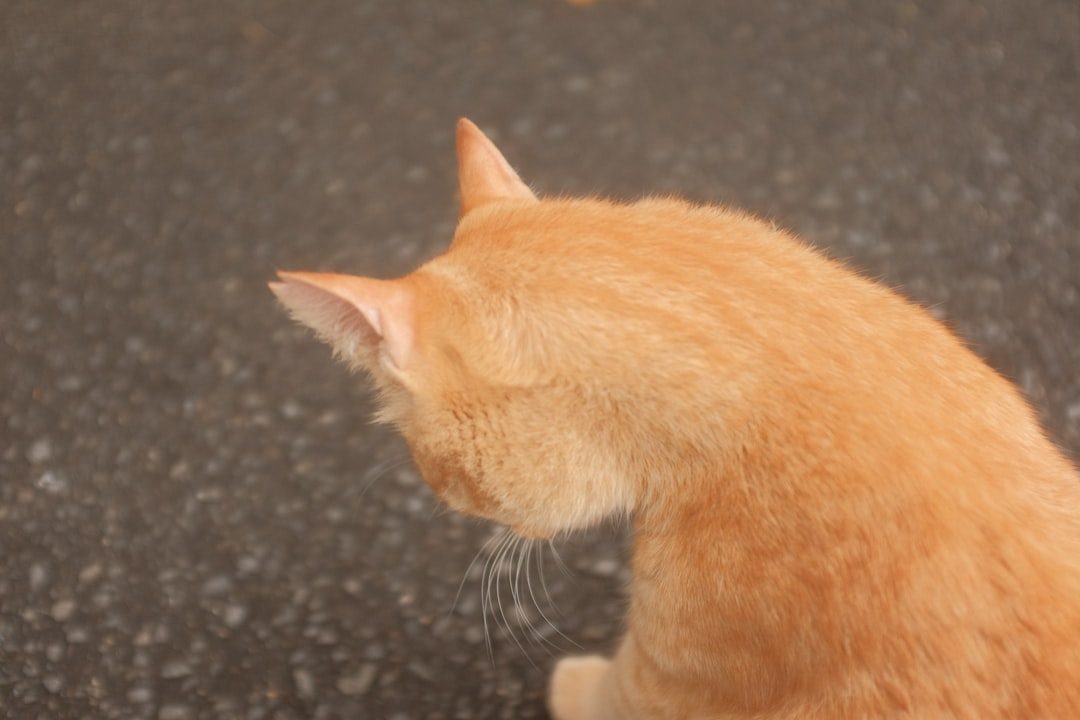
Cats mark their scent by rubbing their face and body, which leaves natural pheromones to establish boundaries within which they feel safe and secure. Avoid cleaning their scent off these areas. When your cat rubs against doorframes, furniture corners, or your legs, they’re not just being affectionate – they’re creating a security blanket of familiar scents.
Provide an environment that respects the importance of the cat’s sense of smell. Cats depend on their sense of smell to make sense of their environment and perceive threats. Steps owners can take to address this need are avoiding scented cat litter, using synthetic pheromones to reduce anxiety, and avoiding cleaning areas facially marked by cats. Resist the urge to constantly wipe down every surface your cat touches – those invisible scent marks are their way of saying “this is home.”
Establishing Regular Play Sessions

Giving your cat enough opportunities to release pent-up energy with interactive play is perfect for reducing their stress levels and helping them feel secure. Giving your cat enough opportunities to release pent-up energy with interactive play is perfect for reducing their stress levels and helping them feel secure. Schedule a few play sessions every day (at around the same times) with toys like chaser wands, throw toys (some cats love to play fetch), and puzzle feeders.
Think of playtime as more than just entertainment – it’s stress relief therapy for your cat. When they successfully “hunt” that feather wand or laser dot, they’re fulfilling deep instinctual needs that make them feel competent and secure. Play and predatory behaviors allow cats to fulfill their natural need to hunt. Play can be motivated with the use of interactive toys that mimic prey. Just fifteen minutes of focused play twice daily can transform an anxious cat into a confident hunter.
Proper Resource Placement

Cat food, for example, should be placed in a wide, shallow dish so that the cat’s whiskers don’t touch the sides. Food and water shouldn’t be placed too close together, and the bowls should be positioned so that your cat doesn’t have to turn their back on the world to eat, which can make them feel vulnerable. The placement of everyday essentials like food, water, and litter boxes dramatically impacts how safe your cat feels.
Key resources include food, water, toileting areas, scratching areas, play areas, and resting or sleeping areas. These resources should be separated from each other so your cats have free access without being challenged by other cats or other potential threats. Position food bowls where your cat has a clear view of room entrances, keep the litter box in a quiet but accessible location, and ensure water dishes are away from food to encourage proper hydration.
Maintaining a Calm Household Energy
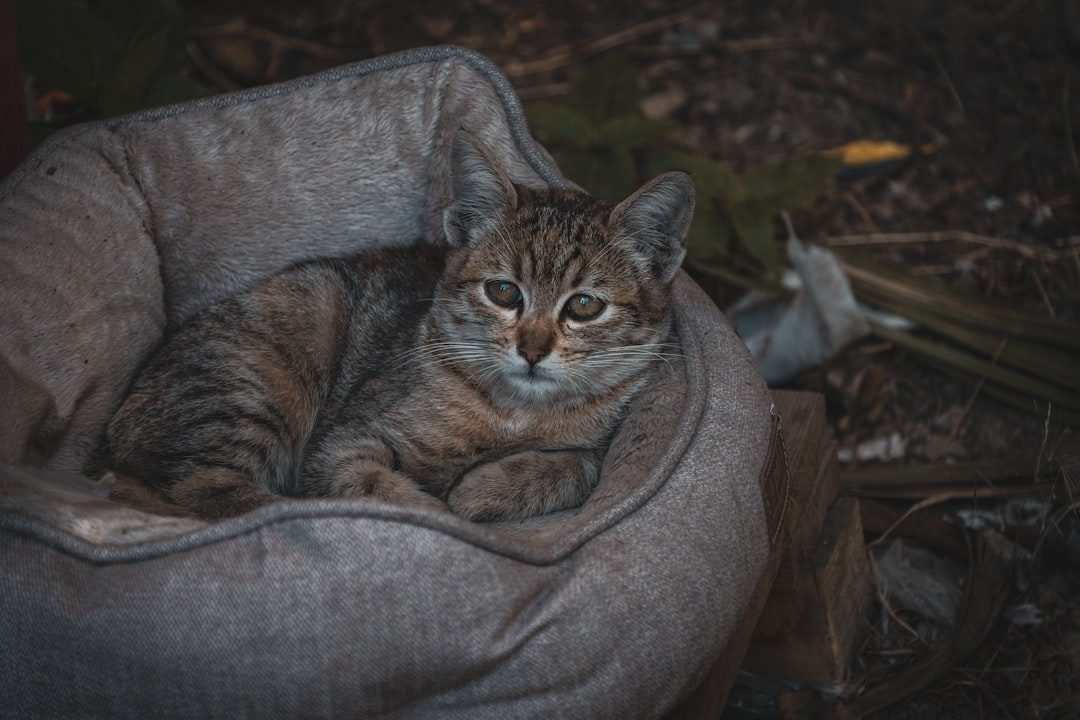
Easier said than done after a demanding day at work, but whenever you are feeling a bit stressed do your best to not vent off in front of your pets. Cats will often pick up on a pet parent’s emotional state, and this can have a detrimental – or positive – effect on their own mood. Never shout at your cat either, no matter how frustrating their behavior might be.
Your emotional state directly influences your cat’s sense of security. When you maintain calm, consistent energy in your interactions, you become a source of stability in their world. When your cat is showing signs of fear and anxiety, it’s usually best to give them some space but work to avoid or reduce the things that are scaring them. Cats are not fans of change, so it’s essential to stick to a routine as much as possible. A relatively stable home and predictable routine can go a long way toward helping . Speak softly, move deliberately rather than rushing around, and approach your cat at their level rather than looming over them.
These simple daily habits create an invisible web of security around your cat. When implemented consistently, they transform your home from just a place where your cat lives into a sanctuary where they truly thrive. The beautiful thing about these habits is watching your cat’s personality bloom as their anxiety melts away.
What do you think about these security-building habits? Have you noticed your cat becoming more confident when you stick to consistent routines? Tell us in the comments.





